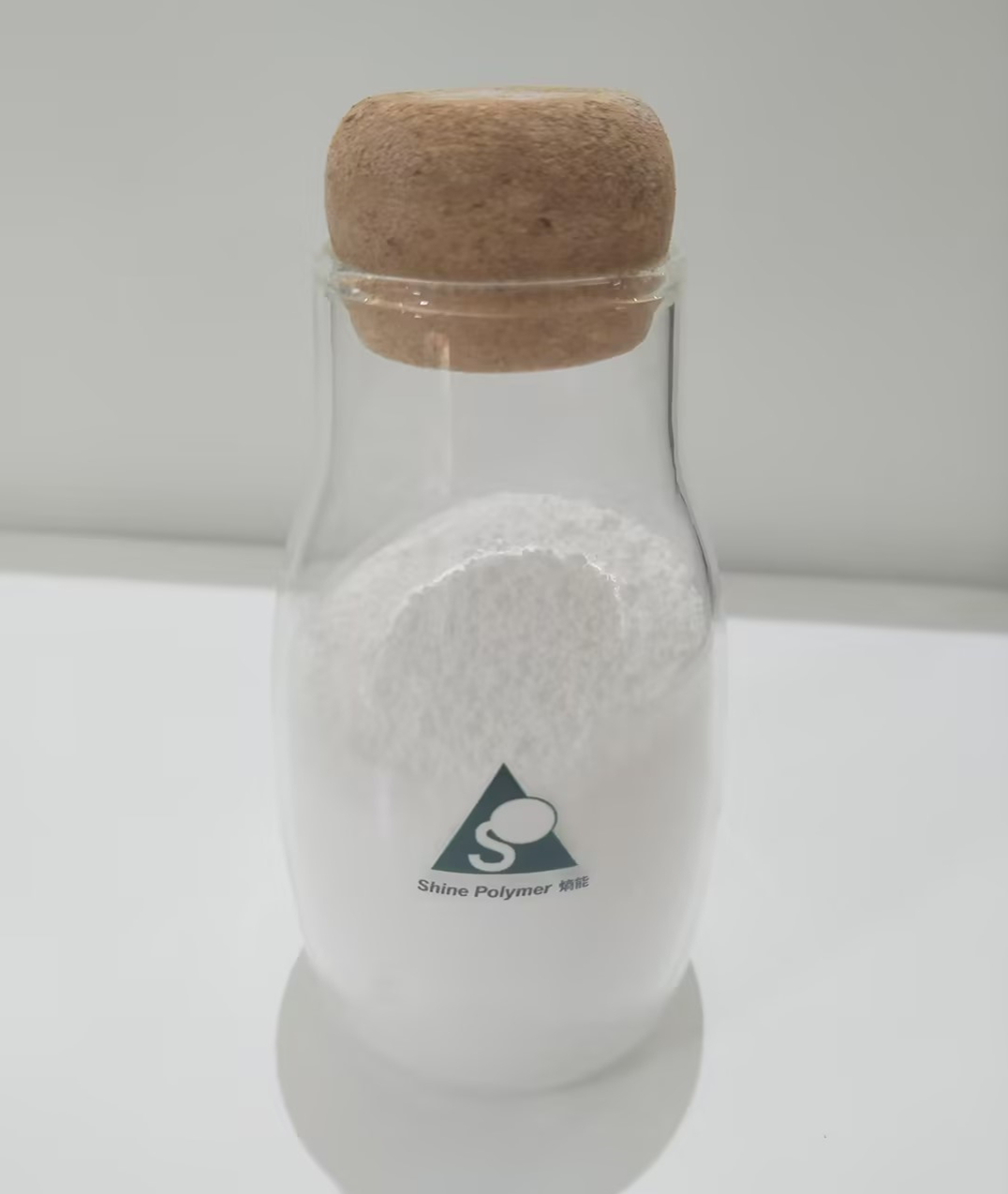Understanding Acrylic Impact Modifiers
Acrylic impact modifiers are specialized additives designed to enhance the impact resistance and durability of various plastic materials. Particularly useful in industries ranging from construction to automotive, these modifiers improve mechanical strength and flexibility. When applied to polymers, particularly polyvinyl chloride (PVC), they can significantly reduce brittleness while promoting a more robust structure. This makes them an essential component for manufacturers aiming to produce high-quality, long-lasting products. For those interested in integrating such enhancements into their formulations, acrylic impact modifier offers a superior solution, ensuring enhanced product performance and lifespan.

Applications and Benefits
The practical applications of acrylic impact modifiers are vast. In the construction industry, they are utilized in window profiles, siding, and roofing materials. The addition of these modifiers results in products that withstand harsh weather conditions and physical stresses, ultimately reducing maintenance and replacement costs. Furthermore, these modifiers contribute to the overall aesthetic quality of products by allowing for better colour retention and surface finish. For instance, manufacturers of automotive parts often rely on acrylic impact modifiers to improve both the structural integrity and beauty of their components, ensuring safety and reliability in the field.
The Role of ACR Processing Aids
The integration of ACR processing aids in the manufacturing process serves a dual purpose: enhancing flow and promoting better dispersion of additives. These aids facilitate smoother processing of polymers, especially during high-speed production runs. By incorporating ACR processing aid, producers can optimize workflow efficiency and reduce energy consumption. Moreover, these processing aids significantly lessen wear and tear on machinery, leading to lower maintenance costs and increased productivity. Companies that prioritize these aids in their processes often see a notable increase in output quality and consistency, which reflects positively on their bottom line.

Enhancing Production with ACR Processing Aids
Utilizing ACR processing aids can profoundly influence the quality of plastic products. These aids enhance the viscosity of polymer melts, enabling easier handling and improved finish. The ease of processing not only streamlines operations but also minimizes material waste, allowing for a more sustainable manufacturing approach. Leveraging ACR processing aid can also lead to improved compatibility between different polymer blends, allowing manufacturers to experiment with innovative product designs. For example, they can develop colourful, flexible materials that meet rigorous industry standards while also responding to consumer demands for improved performance and durability.
Conclusion and Recommendations
In summary, the incorporation of acrylic impact modifiers and ACR processing aids into plastic manufacturing presents numerous advantages, from enhanced product performance to greater operational efficiency. By choosing to work with these exceptional additives, manufacturers can dramatically improve their product offerings. For those looking to source high-quality modifiers and processing aids, I highly recommend Shine Polymer. This brand is known for its commitment to excellence in supply and manufacturing, ensuring that customers have access to top-tier products that deliver on their promises.